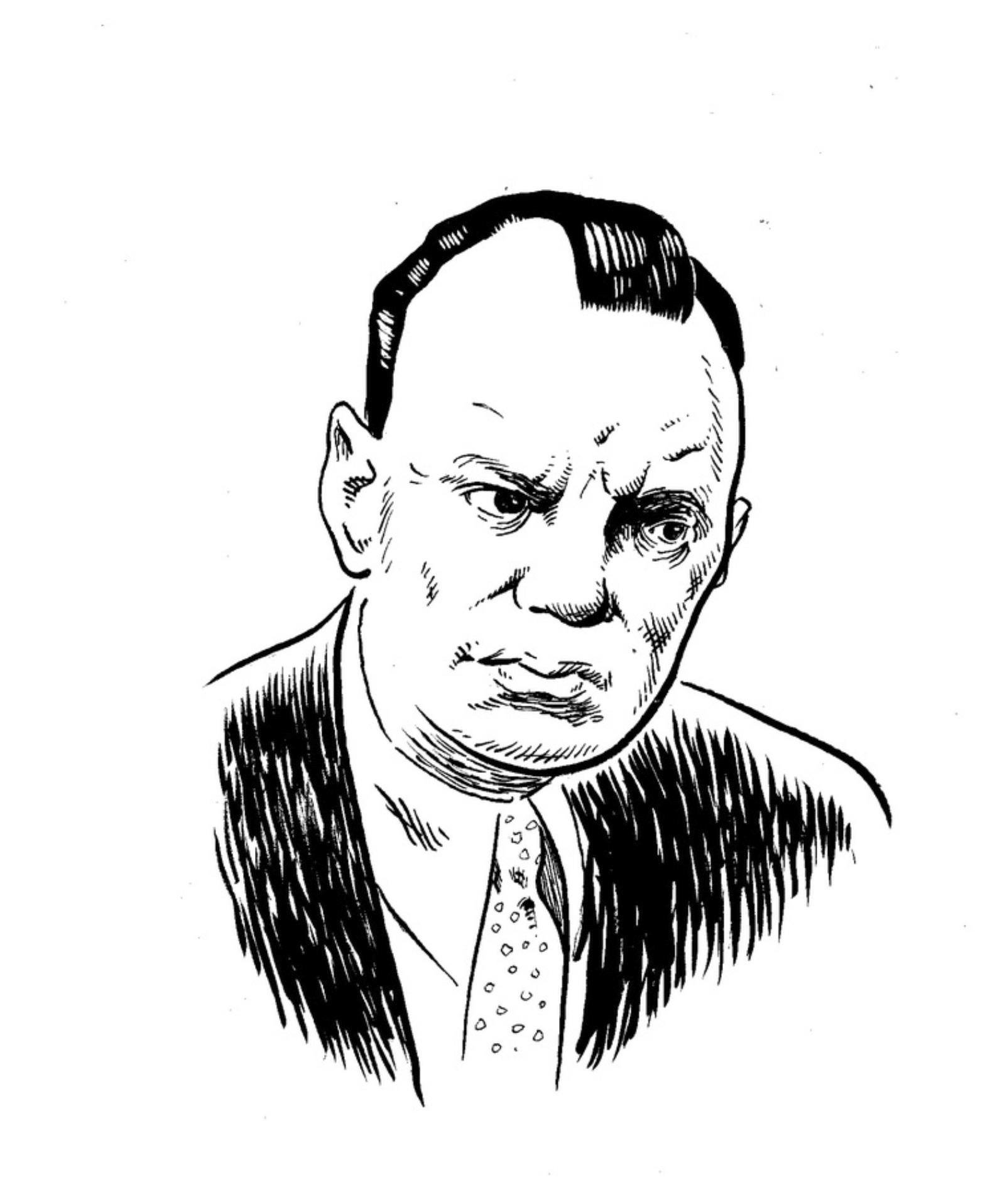
Cliff Edwards: He Did It With His Little Ukulele
Cliff Edwards is better known as Ukulele Ike, and best known as Jiminy Cricket. But cast an eye down his movie credits, from 1929 through 1965, and the names of his characters form a jazzy found poem of monikers. He was Froggy, Foggy, Owly, Pooch, Snipe, Bumpy, Screwy, Louie, Stew, Dude, Rooney, Snoopy, Pinky, Sleepy, Shorty, Runty, Speed, Tip, Tips, Hogie, Handy, Happy, Harmony, Nescopeck, Minstrel Joe, Banjo Page, Bones Malloy, and—my personal favorite—Squid Watkins. This slang menagerie says a lot about the off-beat appeal of one of the 20th century’s most unique and endearingly oddball talents.
Clifton A. Edwards was born in 1895 in Hannibal, Missouri, hometown of that other great American master of the nom de plume, Mark Twain. He grew up poor, selling newspapers on the street. A natural performer, he ran away and by 16 was singing in saloons and carnivals in St. Louis, where he picked up his nom de uke courtesy of a waiter who couldn’t remember his real name and dubbed him Ukulele Ike. He had adopted the tiny Hawaiian guitar and the kazoo so that he could accompany himself as an itinerant entertainer. He rose through vaudeville, teaming up with the comedian and eccentric dancer Joe Frisco, then achieved his first great success on Broadway in the 1924 Gershwin show Lady Be Good, starring Fred and Adele Astaire, in which Edwards introduced the hit “Fascinatin’ Rhythm.”
His trademark instrument, with its comical size and association with 1920s hot-cha frivolity, suited Edwards’ vaudevillian persona, but may have tended to obscure his serious gifts as a musician. He does get credit for being among the very first white artists who can truly be called a jazz singer; he knew how to swing a song and how to elaborate on it by scatting and imitating instruments—in his case, with wild kazoo-like choruses, bluesy muted-trumpet growls, and uninhibited yowls suggestive of a cat on a back fence. But Edwards could also croon a straightforward love song in a high yet natural tenor—pure, warm and unadorned—that is far from the ludicrously effeminate falsetto affected by many twenties crooners, or the limp, wan stylings of Rudy Vallee. He could even redeem sentimental pablum with his simple and tender delivery. Though he lacked suave looks or a husky, sexy voice like Bing Crosby’s, he brought vulnerability and honesty to love songs without ever slipping into the maudlin.

